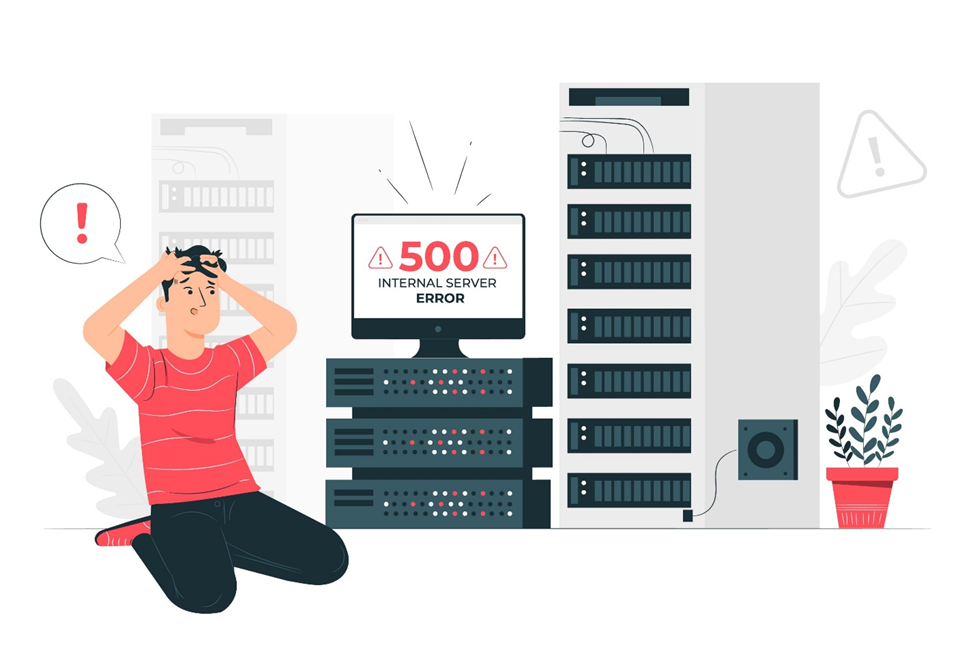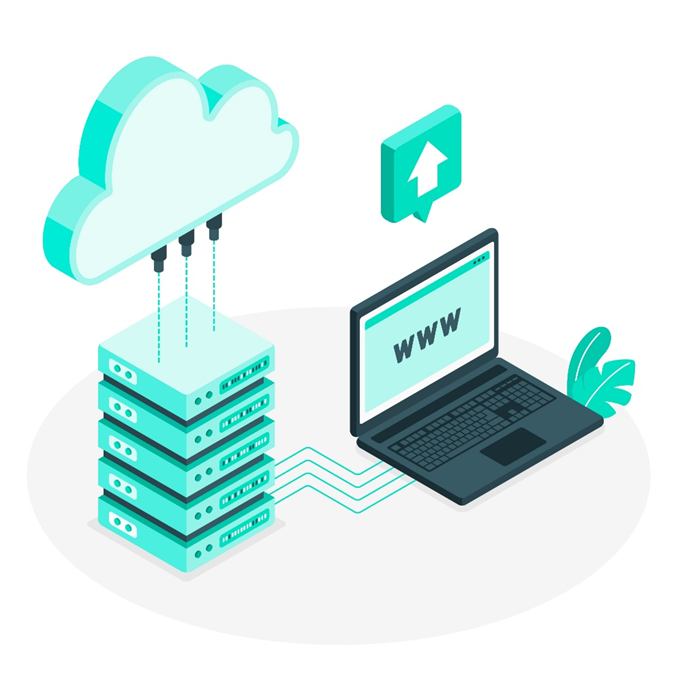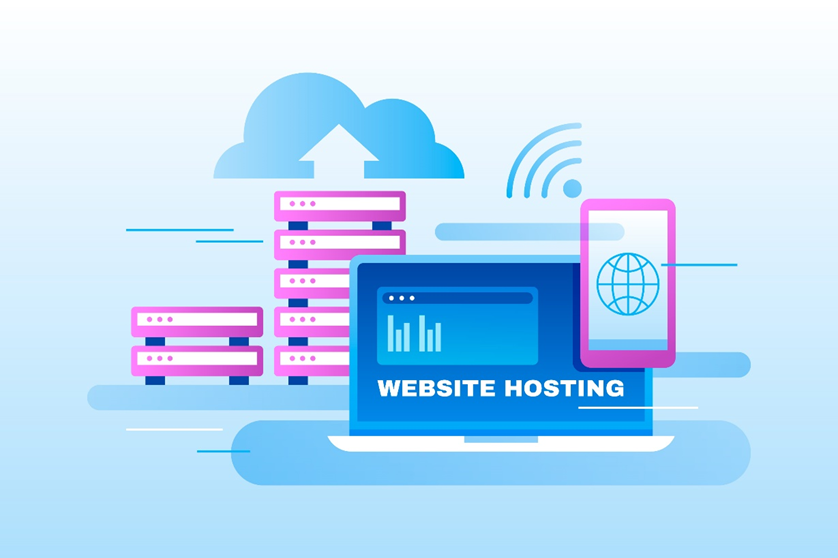 Lifetime Link Placements – No Expiry. 100% Index Guarantee!
Lifetime Link Placements – No Expiry. 100% Index Guarantee!
CDN Integration for Small Businesses: A Step-By-Step Guide with Affordable Hosts
Written by Ann » Updated on: June 17th, 2025

For small businesses, website performance is crucial for attracting and retaining customers. A slow-loading site can lead to lost revenue, decreased search engine rankings, and poor user experience. Content Delivery Networks (CDNs) are an effective solution to enhance website speed, reliability, and security. However, many small businesses hesitate to implement CDNs due to concerns over cost and complexity.
This guide will walk you through the step-by-step process of integrating a CDN into your small business website, along with affordable web hosting options that support CDN integration.
What is a CDN?
A Content Delivery Network (CDN) is a network of servers distributed globally to deliver website content efficiently. Instead of loading your website from a single origin server, a CDN caches content on multiple edge servers worldwide, reducing load times and improving site performance. By storing copies of web assets such as HTML pages, JavaScript files, stylesheets, images, and videos on geographically distributed servers, CDNs ensure that users access the closest server to their location, minimizing latency and enhancing browsing speed.
CDNs operate using a combination of caching, load balancing, and intelligent routing techniques to optimize content delivery. When a user requests a webpage, the CDN identifies the nearest edge server and serves the cached content instead of retrieving it from the origin server. This mechanism significantly reduces bandwidth consumption and server load, making websites more resilient to traffic spikes and cyberattacks.
Additionally, CDNs incorporate security measures such as DDoS protection, secure token authentication, and TLS encryption to safeguard websites against potential threats. With businesses increasingly relying on digital platforms, implementing a CDN has become a fundamental strategy for improving user experience, boosting website performance, and ensuring seamless content distribution across diverse geographical locations.
Benefits of Using a CDN-
• Faster Load Times
CDNs cache content closer to users by leveraging geographically distributed edge servers, reducing latency and page load times. By minimizing the distance data must travel, users experience significantly faster access to websites, which enhances engagement and lowers bounce rates. Faster load times also contribute to improved customer satisfaction and higher conversion rates, as users are more likely to stay on a site that responds quickly.
• Reduced Server Load
Offloading website traffic to CDN servers decreases the strain on your origin server, ensuring more efficient resource utilization. By distributing requests across multiple edge servers, a CDN prevents the origin server from becoming overwhelmed, leading to improved website stability, reduced downtime, and lower web hosting costs. This benefit is especially crucial for small businesses with limited server capacity, helping them maintain performance even during traffic spikes.
• Improved Security
Many CDNs offer built-in security features such as Distributed Denial of Service (DDoS) attack mitigation, Web Application Firewall (WAF) protection, and Secure Socket Layer (SSL) encryption. These security layers help protect websites from malicious threats, unauthorized access, and data breaches. Additionally, CDNs often implement token authentication and origin shielding to ensure only legitimate users can access content, reducing vulnerability to cyberattacks.
• Better SEO Rankings
Search engines like Google prioritize fast-loading websites in search results, making CDN integration a valuable strategy for improving search engine optimization (SEO). Faster page speeds lead to better crawl efficiency, higher user engagement, and reduced bounce rates, all of which contribute to improved rankings. Additionally, secure HTTPS connections and reduced downtime—both facilitated by CDNs—further enhance SEO performance.
• Higher Availability and Reliability
CDNs help maintain website uptime and availability by balancing traffic loads across multiple servers and rerouting requests in case of server failure. This redundancy ensures that even during high traffic periods, such as sales events or viral content surges, websites remain accessible to users. By distributing content across numerous edge locations, CDNs prevent single points of failure and mitigate service disruptions.
Choosing an Affordable CDN Provider-
Before integrating a CDN, you need to select an affordable web hosting provider that suits your budget and business needs. Here are some affordable options:
• Cloudflare (Free & Paid Plans)
Cloudflare offers a free plan with basic CDN features, making it an excellent choice for small businesses with limited budgets. For those needing advanced security and performance enhancements, Cloudflare provides easy integration with most web hosting providers, ensuring a seamless setup process.
• BunnyCDN (Pay-As-You-Go Pricing)
BunnyCDN follows a pay-as-you-go pricing model. This cost-effective approach makes it a great option for businesses looking to control expenses while maintaining excellent performance. With a global server network and a user-friendly setup, BunnyCDN is a reliable choice for small businesses.
• StackPath
StackPath provides a secure and scalable CDN solution. It offers edge computing capabilities, custom caching, and detailed analytics. This makes it a suitable option for businesses that require more control over content delivery and security.
• KeyCDN (Pay-As-You-Go Pricing)
KeyCDN offers a low-cost pricing model, making it an affordable yet efficient CDN service. With real-time analytics and a simple API integration, it is a great choice for businesses looking for transparency and ease of use.
• Amazon CloudFront (Pay-As-You-Go)
Amazon CloudFront provides enterprise-level CDN features at an affordable pay-as-you-go rate. It integrates seamlessly with AWS services, making it ideal for businesses expecting growth. Its scalability and advanced security options make it one of the most powerful CDN solutions available.
Step-by-Step Guide to Integrating a CDN-
Once you’ve selected the best CDN provider and a compatible web hosting service, follow these steps to integrate the CDN with your website.
Step 1: Sign Up for a CDN Account
Visit your chosen CDN provider’s website and create an account. Some CDNs offer free trials, so you can test their services before committing.
Step 2: Add Your Website to the CDN
After signing up, log in to your CDN dashboard and enter your website URL. The platform will guide you through the setup process.
Step 3: Update DNS Settings
Most CDNs require you to change your website’s DNS settings. You’ll need to update your domain’s nameservers or configure CNAME records to route traffic through the CDN. Here’s how:
• Log in to your domain registrar.
• Locate the DNS settings section.
• Replace the existing nameservers with those provided by your CDN.
• Save changes and wait for DNS propagation (this may take a few hours).
Step 4: Configure CDN Caching and Performance Settings
Most CDNs offer customizable caching settings to optimize performance. Common configurations include:
• Static Content Caching: Store images, CSS, and JavaScript files on CDN edge servers.
• Dynamic Content Optimization: Use real-time acceleration for database-driven websites.
• Minification: Enable HTML, CSS, and JavaScript minification to reduce file sizes.
• Image Optimization: Some CDNs provide automatic compression and WebP conversion for faster loading.
Step 5: Enable SSL and Security Features
A secure website is essential for trust and SEO. Most CDNs offer SSL certificates and security features such as:
• Free SSL (Let’s Encrypt)
• Web Application Firewall (WAF) protection
• DDoS attack mitigation
• Bot protection and rate limiting
Step 6: Test Your Website’s Performance
Once you’ve configured your CDN, it’s crucial to test performance improvements. Use the following tools:
• Google PageSpeed Insights
• GTmetrix
• Pingdom
• WebPageTest
Check for improvements in load times, caching effectiveness, and server response.
Step 7: Monitor and Maintain CDN Performance
CDNs require occasional maintenance to keep your site running smoothly. Regularly monitor your:
• Analytics Dashboard: Review traffic distribution and cache hit ratios.
• Security Logs: Detect and mitigate potential threats.
• Cache Expiry Settings: Adjust caching policies based on content update frequency.
Troubleshooting Common CDN Issues-
Despite their benefits, CDNs can sometimes cause issues that affect website performance and functionality. One common issue is when website content does not update properly. In such cases, clearing both the CDN cache and the browser cache can help resolve the problem. Additionally, checking the cache expiration settings in the CDN panel ensures that updates are reflected as expected. Another frequently encountered problem is mixed content errors, which occur when some website resources load over HTTP while others use HTTPS.
This can lead to security warnings and degraded site performance. To fix this issue, ensure that all site resources, including images, scripts, and stylesheets, use HTTPS. Many CDN providers offer an automatic HTTPS rewrite option in their settings, which helps enforce secure connections throughout the site. Sometimes, after making DNS changes, a website may not load correctly. This often happens due to DNS propagation delays, which can take up to 48 hours. If this issue arises, it is important to wait for the DNS changes to fully propagate. Additionally, verifying DNS settings in the domain registrar and ensuring that they point correctly to the CDN provider can prevent connectivity issues.
Conclusion-
Integrating a Content Delivery Network is a cost-effective way for small businesses to enhance website performance, security, and reliability. With affordable CDN providers and budget-friendly web hosting solutions, even businesses with limited resources can take advantage of this technology. By following the step-by-step guide outlined above, you can seamlessly integrate a CDN into your website and ensure a better user experience for your visitors. Don’t forget to monitor your CDN performance regularly to maintain optimal site speed and security.
Note: IndiBlogHub features both user-submitted and editorial content. We do not verify third-party contributions. Read our Disclaimer and Privacy Policyfor details.
Copyright © 2019-2025 IndiBlogHub.com. All rights reserved. Hosted on DigitalOcean for fast, reliable performance.
















